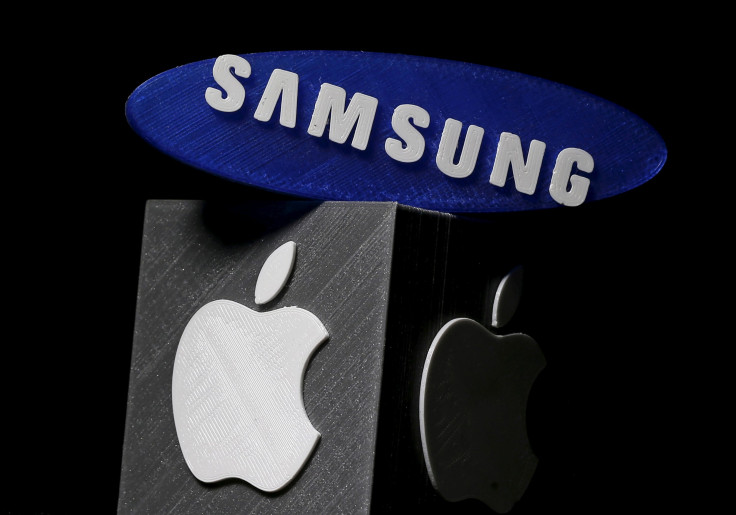Samsung Galaxy S7 Edge vs iPhone 6s Plus: Battery performance test and comparison

If there is one thing about an Apple iPhone that is often criticised, it’s the battery. Compared to other popular smartphones in the market, the iPhone has always been behind when it comes to battery capacity and performance. Let’s pit Apple’s latest smartphone to furnish a headphone jack, the iPhone 6s Plus, in a cell match against one of the most heavy-duty handsets battery-wise today, the Samsung Galaxy S7 Edge.
The Samsung Galaxy S7 Edge packs a non-removable lithium-ion battery with 3,600 mAh capacity that provides 27 hours of 3G phone calls and 74 hours of music play. A whole day’s worth of moderate to high usage can leave the Galaxy S7 Edge with 25 percent to 35 percent battery life. According to Trusted Reviews, the S7 Edge dips quickly during intensive tasks like heavy gaming but makes up for it with its excellent standby time.
READ: Apple iPhone 7s 'Ferrari' model to adopt iPhone 7 Plus technology
Leaving the Samsung flagship unplugged overnight only consumes about 2 percent off of its battery with the help of Android Marshmallow’s Doze feature. The Galaxy S7 Edge only takes about 90 minutes to be fully charged using the bundled power adapter and the handset also has wireless charging support. A quick 10-minute charge can provide up to four hours of usage.
The iPhone 6s Plus’ lithium-ion battery is also non-removable but it has a much lower capacity compared to the Galaxy S7 Edge at 2,750 mAh. It delivers up to 24 hours of talk time and 80 hours of music play. The Apple flagship can reportedly last up to two days of moderate use.
READ: Samsung Galaxy S7 vs HTC 10 camera comparison: What sets them apart [VIDEO]
The iPhone 6s Plus also has a battery-saving feature that provides an additional number of hours. It can be turned on by going to Settings and also prompts the user via a notification when the battery level hits 20 percent. The iPhone 6s Plus doesn’t have any sort of fast charging technology, so users have to wait for almost two hours before the battery reaches 100 percent when the handset is totally drained.
When TechRadar put the Galaxy S7 Edge and the iPhone 6s Plus to a battery performance test using the game “Real Racing 3,” the Samsung handset blew past the Apple smartphone. Both phones were left to drain away under the same conditions: on full brightness, no other background apps open, same Wi-Fi connection and with GPS, sync and Bluetooth enabled. After four hours and six minutes of gameplay, the iPhone 6s Plus was totally exhausted while the Samsung Galaxy S7 Edge still had 43 percent remaining battery life.





















